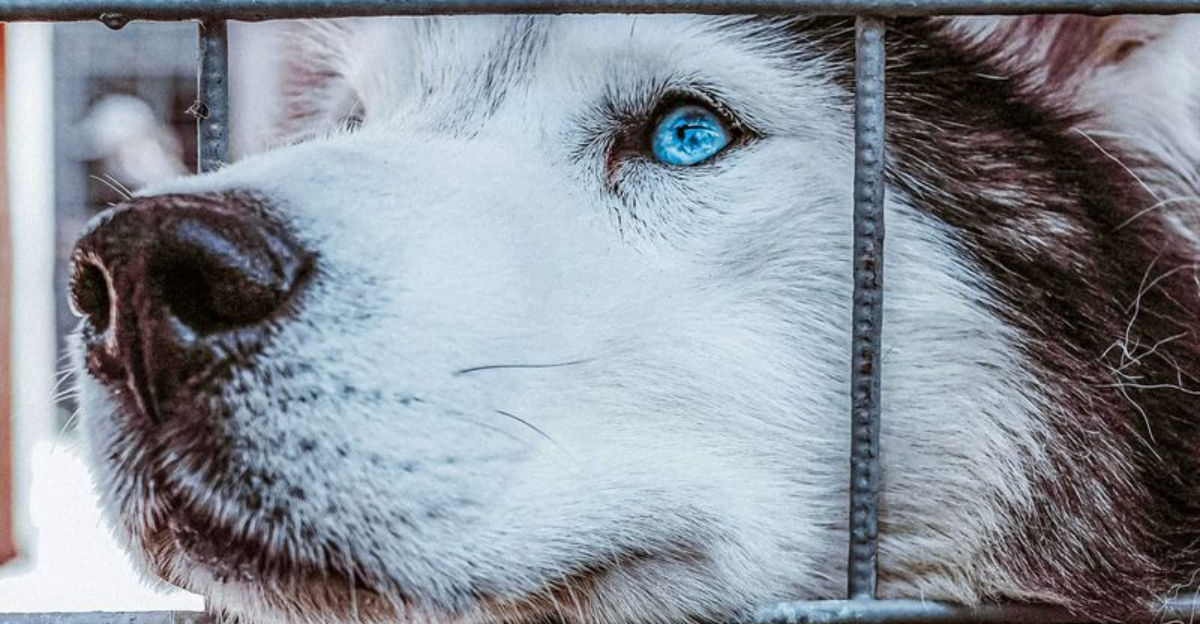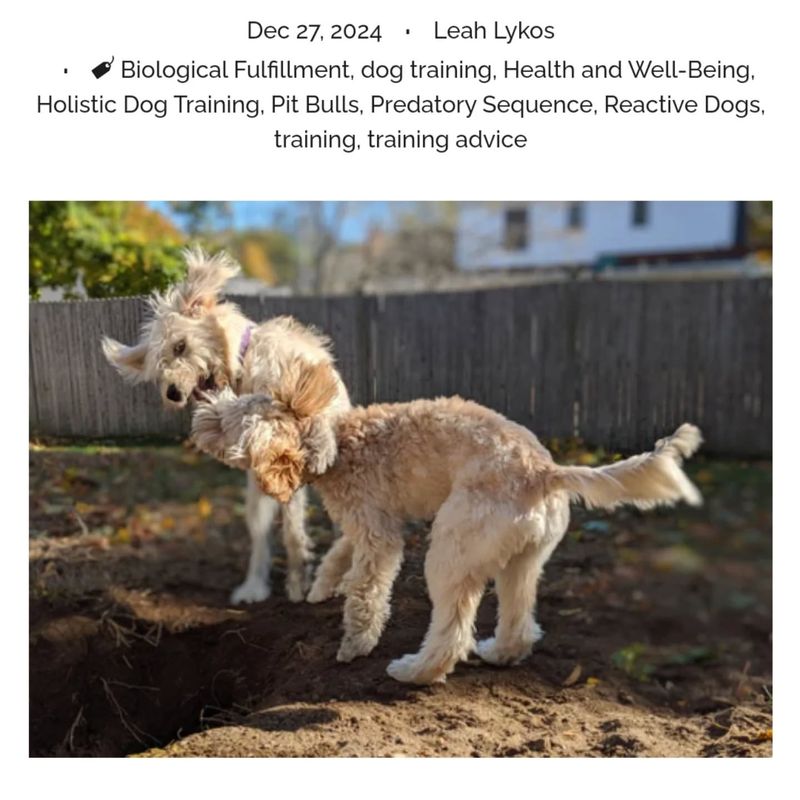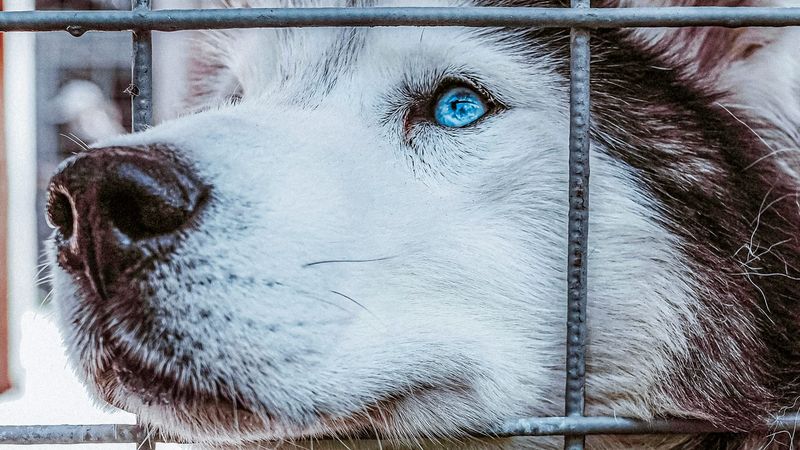Designer dog breeds have surged in popularity, but beneath their cute and cuddly exteriors lies a myriad of issues that potential owners must be aware of. This blog post will uncover the hidden truths about these breeds, addressing the ethical, health, and social implications that breeders often overlook. By the end, you’ll gain a deeper understanding of why choosing a dog goes beyond appearances and trends.
Health Complications
Designer dog breeds are often created by mixing two purebreds, hoping for the best traits of each. However, this can lead to unforeseen health complications. Many of these dogs suffer from inherited conditions due to a limited gene pool. Health problems like hip dysplasia, respiratory issues, and eye disorders are common.
Breeders may not disclose these potential issues, leaving owners to face significant veterinary bills. Potential owners must be aware of these risks and consider adopting from reputable sources.
Researching the specific health needs of a designer breed can save heartache and financial strain.
Ethical Breeding Practices
Ethical concerns plague the designer dog industry. Many breeders prioritize profit over animal welfare, leading to unethical practices. Overbreeding dogs in poor conditions can cause significant stress and health issues for the animals involved.
It’s crucial to investigate the breeder’s reputation and practices before purchasing a designer dog. Visiting the facility and asking questions about breeding standards can help ensure you’re supporting ethical breeding.
Choosing ethically bred dogs not only supports humane practices but also promotes healthier pets. Making informed choices can encourage better standards in the industry.
High Maintenance Needs
Designer breeds often require high maintenance, which can be overwhelming for unprepared owners. Their unique fur may need regular grooming to prevent matting, and some breeds have specific dietary needs.
Owners may underestimate the time and effort needed to care for these dogs, leading to neglect. Understanding the grooming, feeding, and exercise requirements is vital before committing to a designer dog.
Researching and planning for these needs can ensure a healthy and happy pet. Don’t underestimate the commitment required for these designer breeds.
Behavioral Challenges
Behavioral issues are common in designer dog breeds, especially if their parent breeds have different temperaments. These mixed traits can result in unpredictable behavior, making training challenging.
Owners may find themselves struggling to manage their pet’s behavior, leading to frustration. Consistent training and understanding of the breed’s temperament can help mitigate these challenges.
Investing time in professional training or behavior classes can make a significant difference. Patience and commitment are key to overcoming these hurdles.
Misleading Marketing
Marketing tactics for designer dogs often paint an unrealistic picture of the breed. Promises of hypoallergenic fur or perfect temperament can be misleading. These claims do not always reflect the reality of owning such a dog.
Potential owners should be wary of breeders who make exaggerated claims. It’s essential to research thoroughly and verify information independently.
Understanding the realities of designer dog ownership can prevent disappointment and ensure a more fulfilling experience with your pet.
Exorbitant Costs
The cost of owning a designer dog extends far beyond the initial purchase price. Veterinary bills, grooming, and specialized diets can quickly add up. Many owners are unprepared for these ongoing expenses.
It’s important to budget for these costs and be financially ready for unexpected expenses. Considering pet insurance can also provide a safety net.
Understanding the financial commitment involved in owning a designer breed is crucial. Careful financial planning ensures a stable and happy life for your pet.
Impact on Shelters
The rise of designer breeds has led to an increase in abandoned pets. Once the novelty wears off, many owners find they cannot meet the dog’s needs, leading to higher shelter populations.
Shelters often struggle to rehome these dogs due to their specific care requirements. This strain on resources highlights the importance of responsible pet ownership.
Adopting from shelters and rescues supports animals in need and alleviates overcrowding. Potential owners should consider adoption before buying.
Lack of Regulation
The designer dog industry lacks comprehensive regulation, allowing unethical breeding practices to flourish. Without standard oversight, breeders can operate with little accountability.
This absence of regulation can result in poor animal welfare and health outcomes. Advocating for stricter breeding standards is essential for the welfare of these animals.
Potential owners should support breeders who adhere to high standards and transparency. Raising awareness can lead to better regulation and improved conditions for designer dogs.








